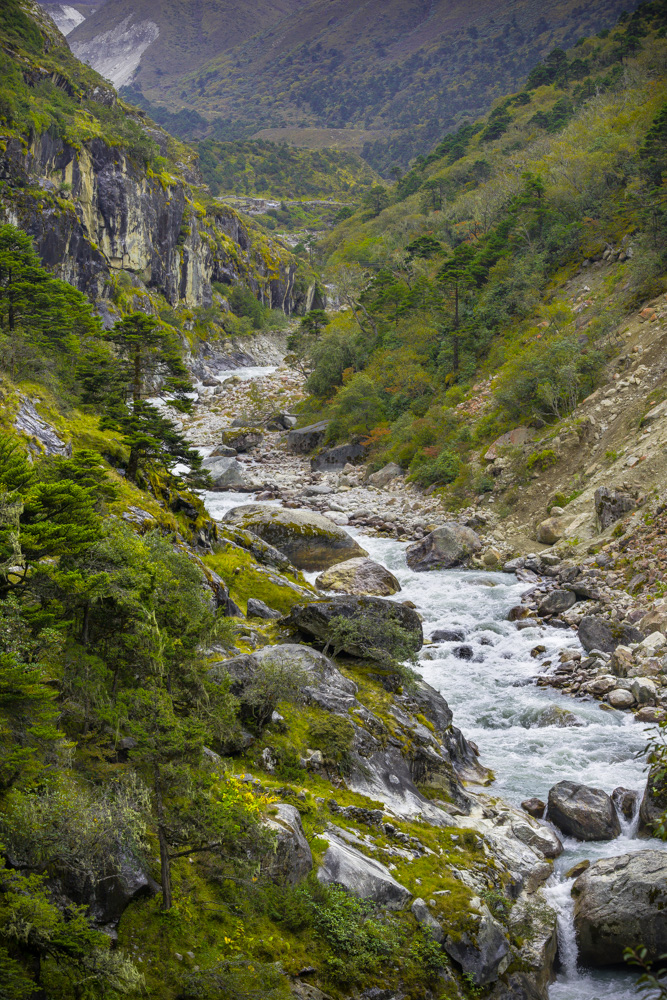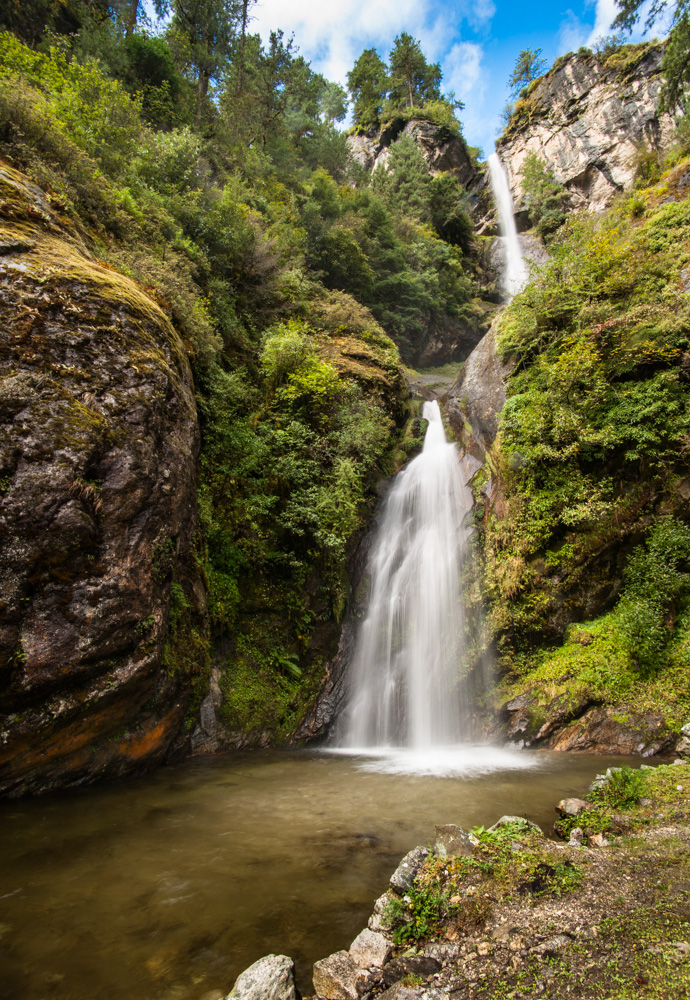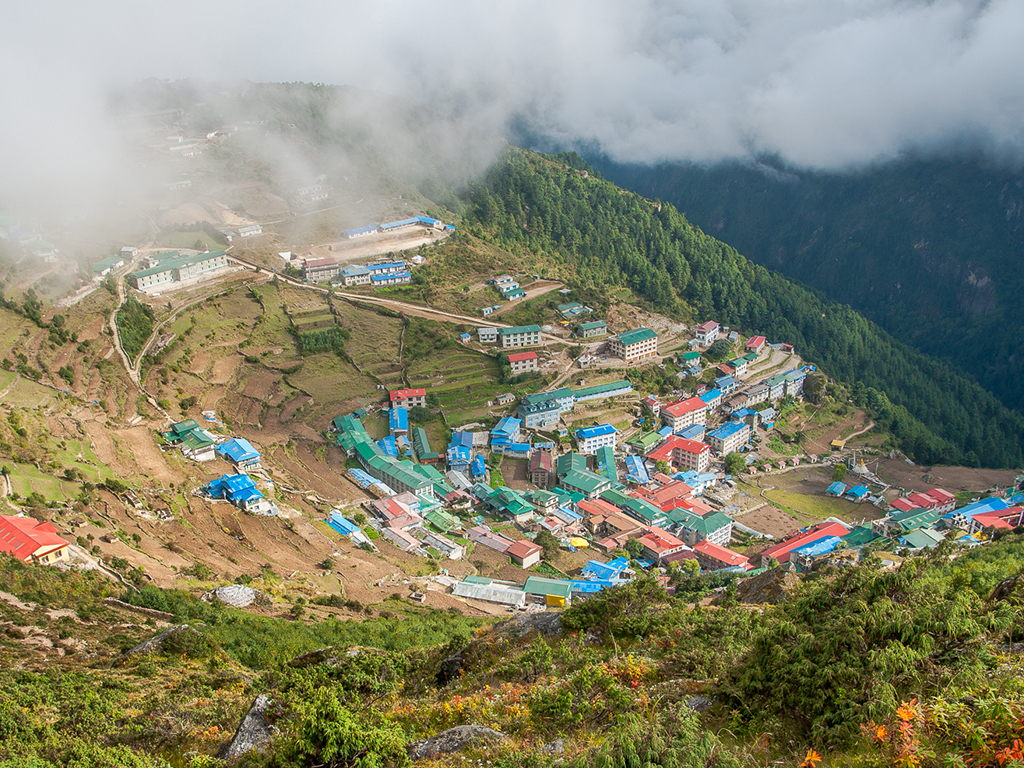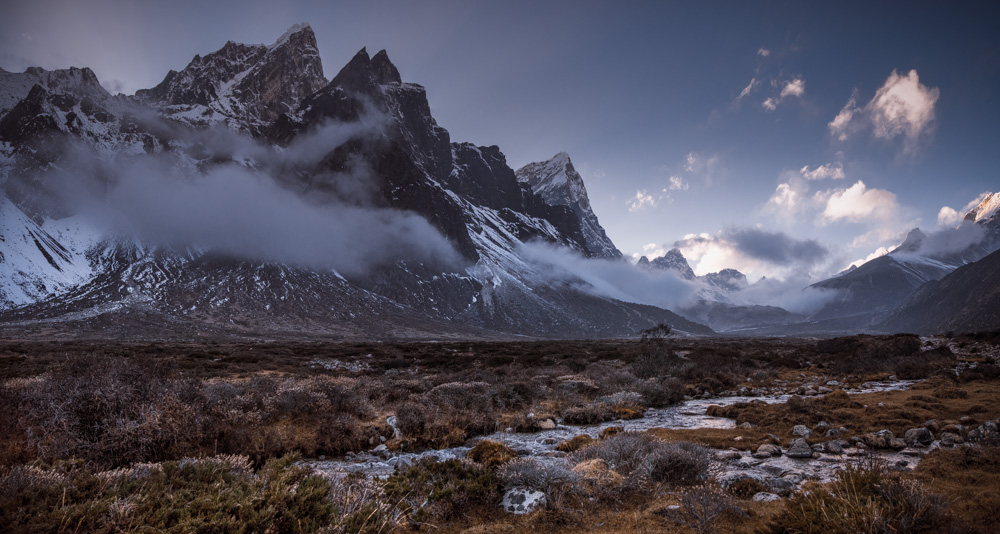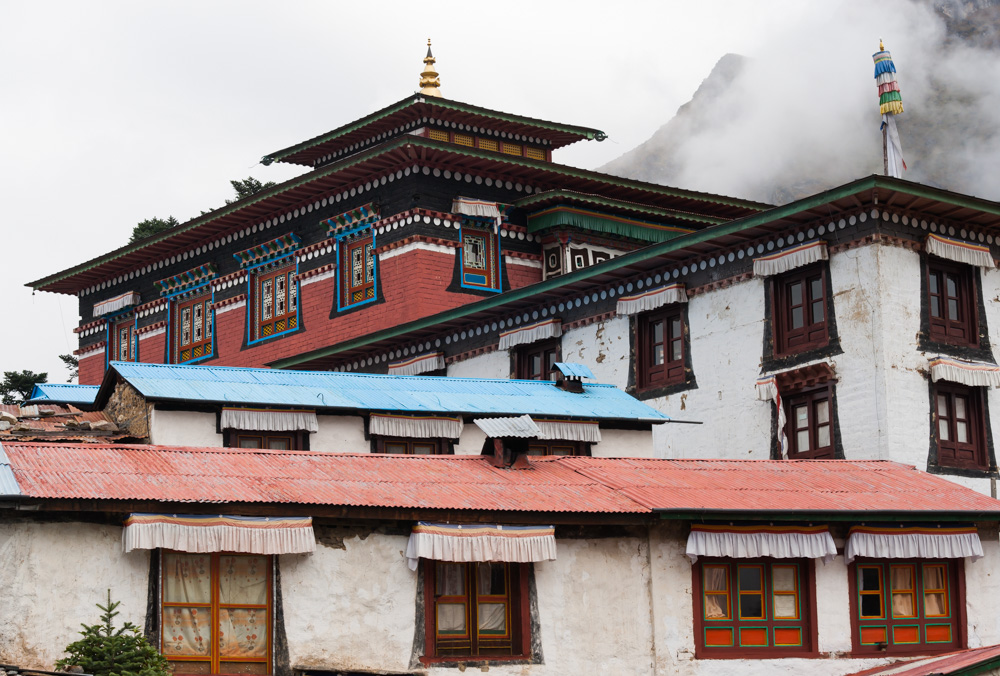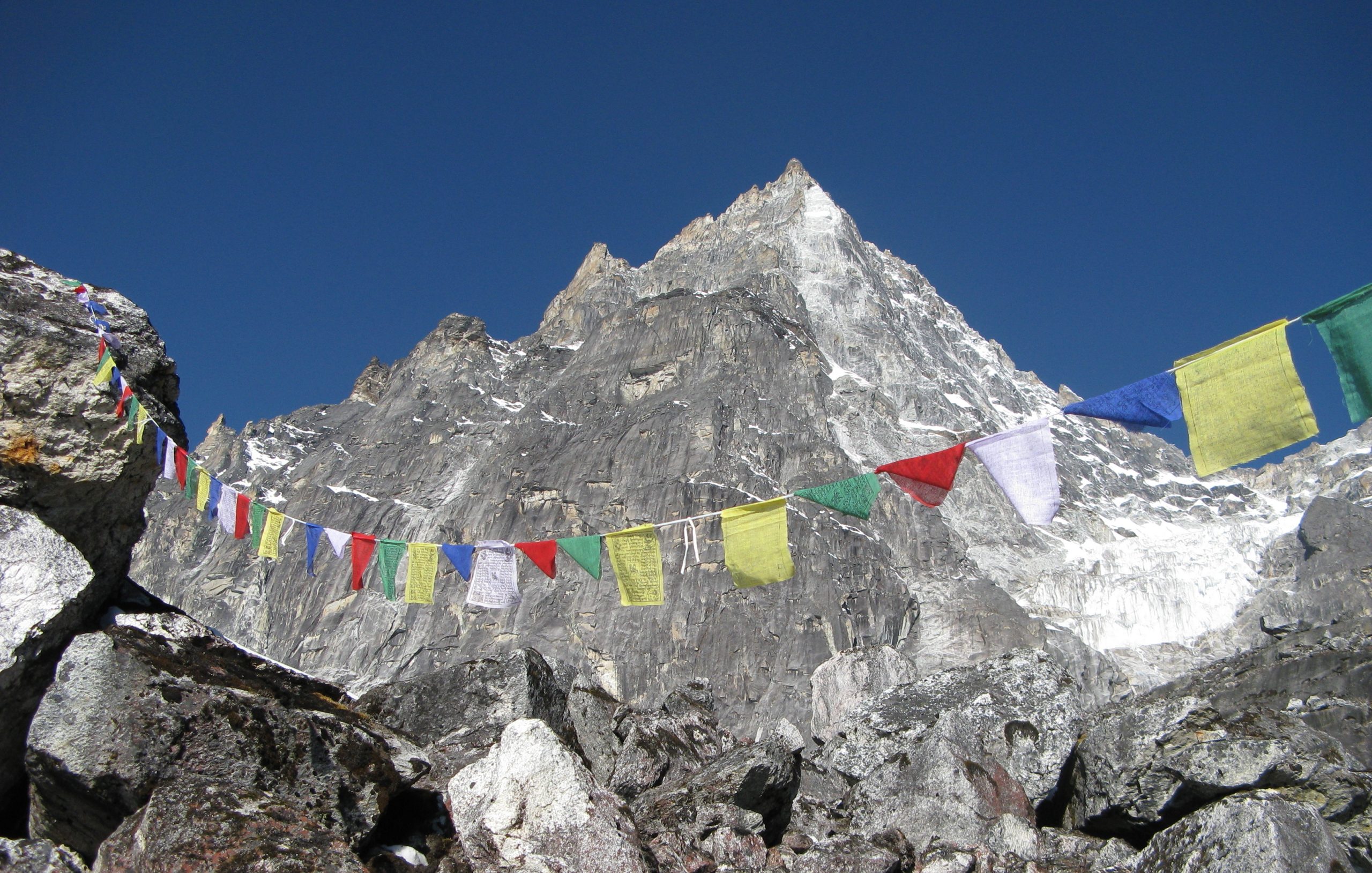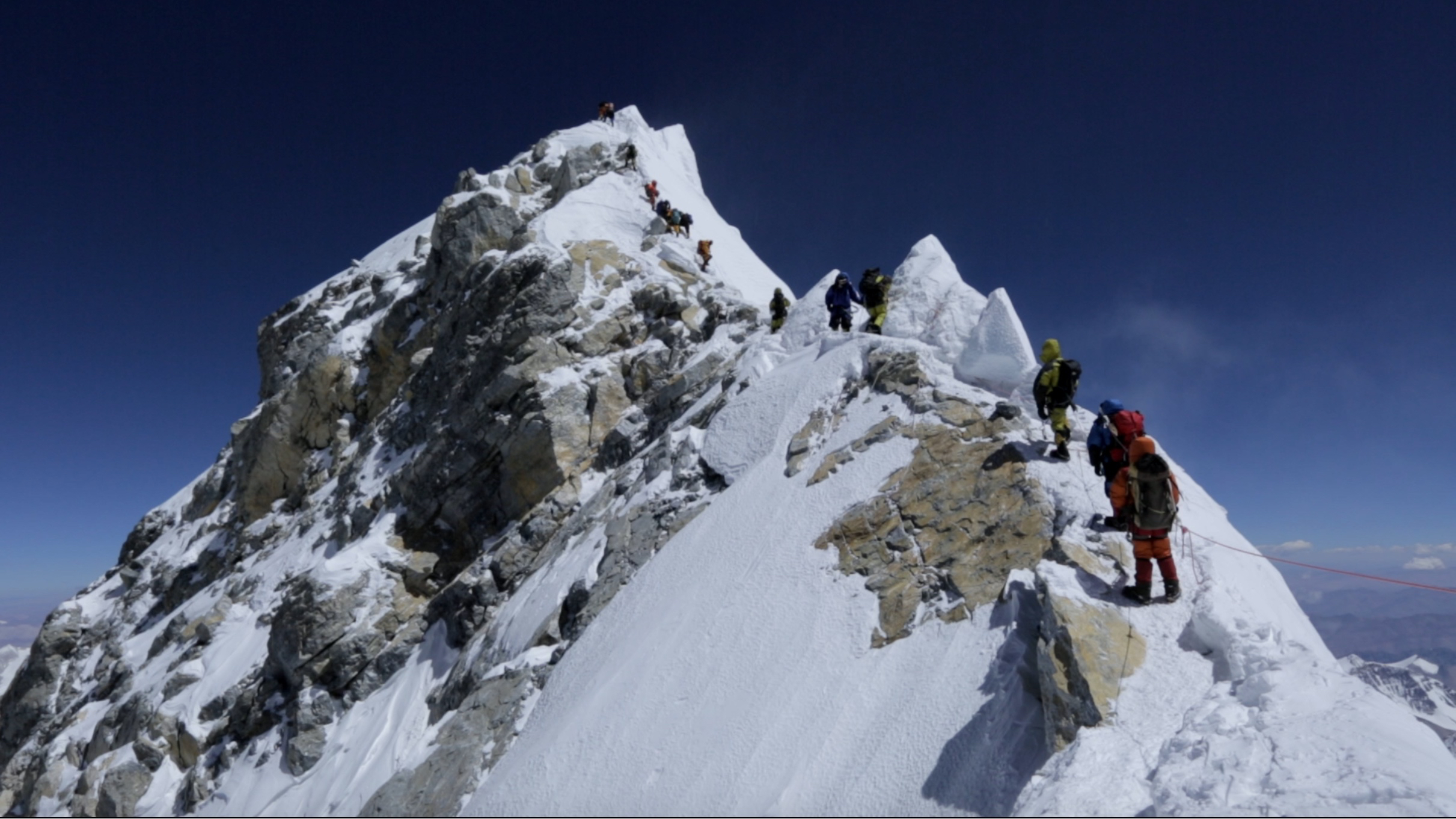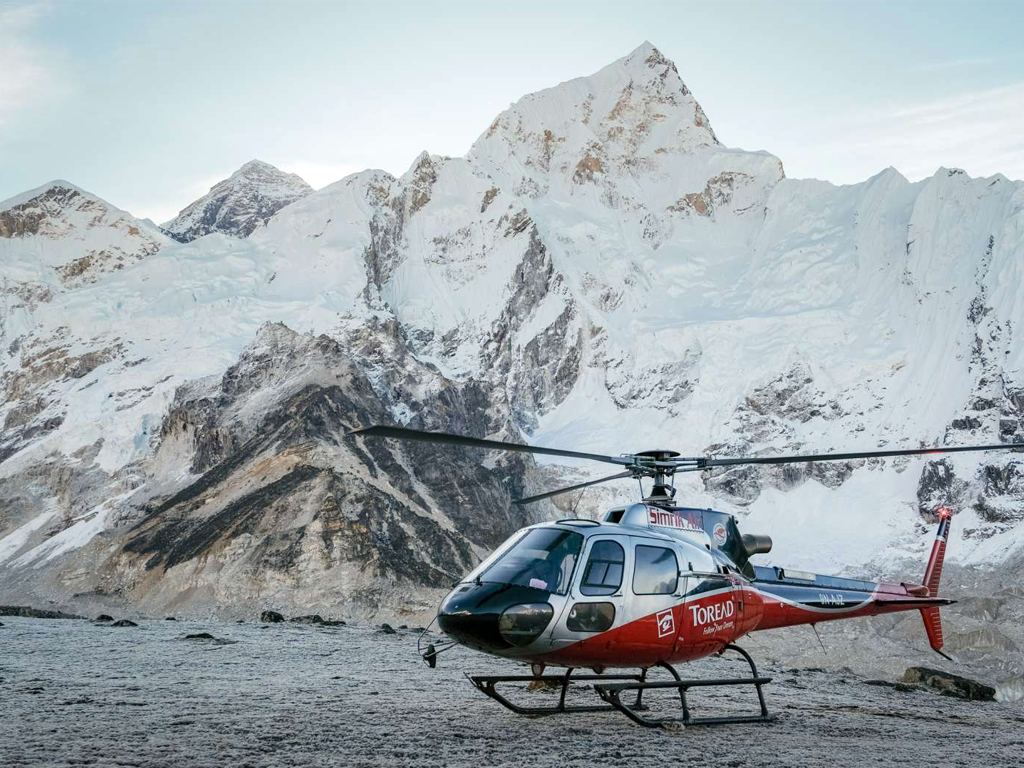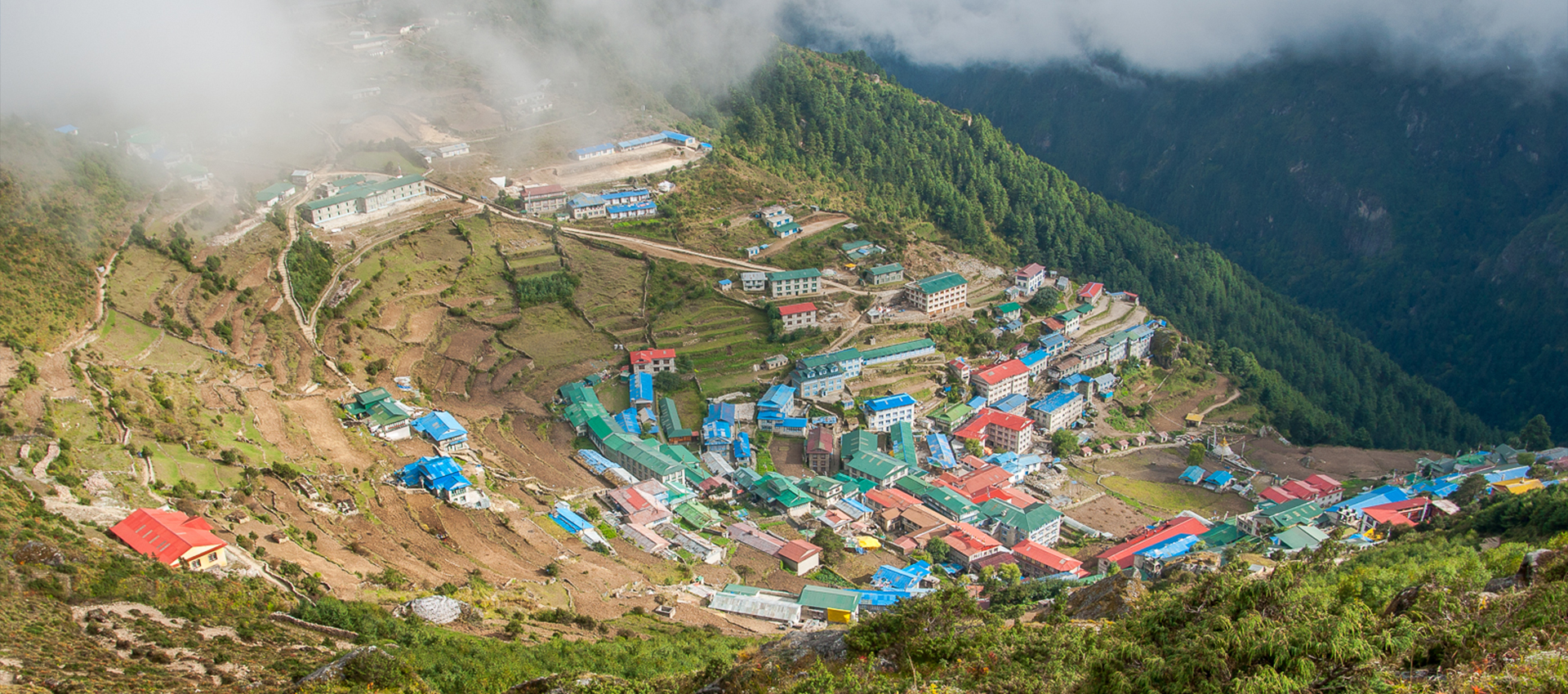
The Everest Base Camp Comfort Trek
- Home /
- Nepal /
- Trekking & Hiking /
- Everest Region /
- The Everest Base Camp Comfort Trek
The Everest region in Nepal is more than just climbing and trekking, it is a life-changing experience and some see it as a journey close to achieving Nirvana. Located in the northeastern province of Nepal, this region is in a world of its own with vast glaciers, icefalls, the highest mountains, deep valleys, precarious settlements, and hardy people challenging the harshest conditions thrown at them by nature in the thin air of high altitude.
Passing through legendary Sherpa villages, the trek is a mix of deep cultural and spiritual experiences and physical challenges that test your strength and endurance. Buddhist lamas, monks and nuns led by Rinpoches (reincarnate at mas) serve the predominantly Sherpa communities from their gompas.
The journey to Everest or Everest Base Camp begins with a dramatic flight from Kathmandu to Lukla, after which you hike up the Everest region to reach your destination in the Himalayas. However, for die-hard lovers of trekking, there is another switchback starting from Jiri through the mid-hills of Solu, an ethnically diverse section of the trek rich
The Everest trek involves a tremendous amount of up-and-down walking. After considerable uphill climbing, it will come to almost 5,364m / 17,593 ft. of elevation to Everest Base Camp. The Nepal Himalayas are best seen on this trek as one traces the main route through the Khumbu region from the Sherpa town of Namche Bazaar. The trekkers get a close view of the world’s greater mountains such as Mt. Everest (8,848m) and others mountains like Lhotse, Nuptse, Thamserku, and Tawache.
The Everest region has been valued as the key to the evolutionary history of the Earth and is also a habitat for some rare and endangered species like the snow leopard, red panda, Himalayan black bear, musk deer and Himalayan wolves.
Route Map
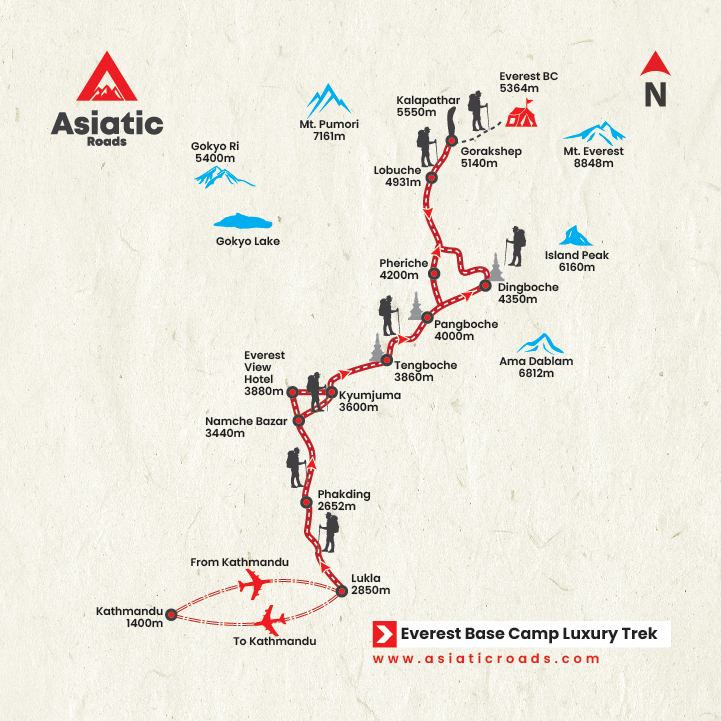
Itinerary In Detail
-
Day 01: Arrival in Kathmandu (1,400 m / 4,592 ft.)
Upon arrival in Katmandu’s Tribhuvan International Airport, meet, assist and transfer to hotel. After welcome refreshments and room check in the hotel, there will be a short briefing and orientation about the trip. Rest of the day is free for leisure.
Overnight at hotel.
-
Day 02: Fly to Lukla (2,880 m / 9,446 ft0 & start Trek to Phakding (2,652m / 8,700 ft.) – 3 hrs.
Early morning transfer to the airport to fly to Lukla (2880m). This 45-minute flight provides a magnificent entry to the trek. It highlights the snowline of the Himalayan Range in the north and the rugged landing at the Lukla airport, which is said to be one of the most spectacular flights in the world. Upon arrival the guide will arrange the porters at the nearby lodge. During this break, the guests are welcome to explore this bustling town on top of a hill with rows of houses, hotels and shops lining both sides of the traditional cobbled street.
The trek starts by following the trail leading to the northwest direction through the narrow street, which immediately descends from the end of the village on a trail through the open hillside. The trail is well defined and there are many shops and lodges catering to the trekkers. This day’s trek is an easy one and ultimately descends to the river at Phakding (2,652m).
Dinner and overnight at teahouse lodge.
-
Day 03: Trek to Namche Bazaar (3,447m / 11,300 ft) – 5~6 Hrs
Leave the main village and the follow the trail on the left bank of the Dudh Kosi River. It is a pleasant walk for the first half of the day as one passes through agricultural countryside and small wayside villages. Just before lunch, there is a steep climb of about 20 minutes to arrive at Monjo for Lunch. After lunch, trek up to the check post to check the permits and enter into the Sagarmatha National Park. Descend for 10 minute and then cross a suspension bridge to arrive at Jorsale (2,800m). Pass through several small villages and beautiful pine forest. This is a busy trail with plenty of human interest.
Our first good views are of west ridge of Kusum Kangru (6,339m). Follow the Dudh Kosi River, crossing a rickety suspension bridge, which is in a dilapidated condition, and then slowly climb up a very steep trail to Namche Bazaar. Near half waypoint, we enjoy our first views of Mt. Everest (8,848m), Nuptse (7,879m) and Lhotse (8,383m) – the big three. The climb is for nearly 3 hours as one gain in altitude making breathing difficult due to rarified air. Arrive at a gate with a sign saying, “Welcome to Namche Bazaar” but it is very misleading as it takes another 20 minutes to arrive at the main town.
This prosperous town is the largest in Khumbu. Mt. Thamserku (6,648 m) and Kwangde Ri (6,624 m) loom along the east and west of the village. The sacred mountain Khumbila (5,707 m) dominates the skyline along the west.
Dinner and overnight at teahouse lodge.
-
Day 04: Trek to Kyumjuma or Sanasa (3,660 m / 11,808 ft.) via Shyangboche (3,880 m / 12,726 ft.)
After breakfast start climb to famed Hotel Everest View hotel in Shyangboche at an altitude of 3,880m. It is a steep climb until we reach to Shyangboche Airstrip. From here is it fairly gentle climb mostly through Rhododendron, Pine and Juniper forest. As we slowly gain the altitude we can experience dramatic changes in the vegetation.
Once we reach to the summit of Shyangboche we can witness the breathtaking view giant snowcapped Mountains including Mt. Everest (8,848m), Lhotse (8,516m), Thamserku (6,648 m), Kwangde Ri (6,624 m), Khumbela (5,761 m) & beautiful Mt. Amadablam (6,812 m) any many others.
From here it is a level walk to famed Everest View Hotel. Along the way we can see many Yaks grazing around. We will spend good time at Hotel Everest View having Tea / Coffee while enjoying the panoramic view snowcapped Mountain. Later start descends down to Kyumjuma for lunch. Rest of the day is free.
Dinner and overnight at teahouse lodge.
-
Day 05: Trek to Trek to Pangboche (3,960 m / 12,988 ft.) via Thyangboche Monastery (3,800 m / 12,464 ft) – 7 Hrs.
After breakfast we descend through the rhododendron forest, watching for the blood pheasant and Imphayan pheasant in the undergrowth until we reach to Phunki Thanga (3,200m). We start climbing slowly on a steep trail to the Thyangboche Monastery.
Thyangboche lies at the base of Kangtega and is a classic setting with superb views backs up the valley to the Ama Dablam, and the Everest poking its southwest face over the huge ridgeline linking Nuptse and Lhotse. The Thyangboche Monastery is one of the most important monasteries of the Khumbu Region and the late afternoon can be spent visiting this ancient Monastery. It is the traditional place where all Everest Expeditions receive their blessings as they walk in towards the base camp. After visiting Thyangboche Monastery a short, steep and muddy descent to Devouche for lunch. After lunch Continue on a level trail through forests to arrive at a suspension bridge high above the fast flowing Dudh Kosi River with fine views of Mt. Amadablam. Cross the suspension bridge and climb for another 20 minutes to arrive at a resting place. Continue to climb to a pass and then there is a gentler walk to the village of Pangboche (3,960m). Rest of the day is for leisure.
Dinner and overnight at teahouse lodge.
-
Day 06: Trek to Dingboche (4350 m. /14,880 ft.) - 4 hrs.
Am: We can visit monastery lies more on the route to Phortse. This is an Important Monastery in Khumbu Region. There is a tradition that many Climbers & Sherpa who are one the way to Everest Base Camp to summit Mt. Everest stop their and offer prayer for safe and successful summit. There is a very strong believe that the monastery is housed the Scalp of the Yeti which traveled the world in the 60’s. Later back to lodge for breakfast.
After breakfast, we start our trek towards Dingboche. It is a gentle climb until we reach the Somare village, from here it is about 40 minute until we reach to junction from here we take the right hand trail through the front yard of a few herders’ huts, over a stonewall. The landscape becomes very interesting as the vista opens before us and we can see the river flowing far down below as we take the trail that has been cut out along the sheer cliffs of rocks. A further, 40 minutes of walking brings us to the upper Pangboche Village from where there is a very steep climb to the ridge before descending to Khumbu Khola. Cross the bridge on a wooden bridge and from the bridge it is a 20-minute walk, usually in fierce winds to the valley of Dingboche.
Dinner and Overnight at Dingboche.
-
Day 07: Dingboche – acclimatization day.
As per the study on high altitude sickness, it has been found that most of the people suffer or show signs of Acute Mountain Sickness (AMS) from the altitude of 14,000 ft. Thus it is highly recommended to have a rest day to acclimatize at this altitude before starting an ascent.
Dinner and overnight at Dingboche.
-
Day 08: Trek to Lobuche (4,931 m / 16,173 ft) – 5 Hrs
An ill- defined track traverse across the open landscape with a short steep ascent to arrive at a ridge to join the trail coming up from Preriche & Cho la pass on the left.
On the way you can watch the beautiful view of the Mt. Cholatese (6,442m) back on the Westside of the route and Mt. Amadablam to the rear. After arrival at the ridge, descend, for about ten minutes, cross a bridge and arrive at Thugla for a short break.
After Thugla, there is a very steep ascent for about one hour to the ridge where there is a Sherpa memorial in remembrance to those brave mountaineers who died during Expeditions.
Travel along the jumbled moraines and scattered rocks passing by the memorials of Rob Hall and Yasuko Namba and others who perished during the Mt. Everest disaster of 1996. The memorial chortens dots the skyline facing the mountains and overlooking the valley below. Further on the trail leads to the terminal moraine of the Khumbu Glacier with views of Pumori or Widow’s Peak in the foreground. The stark and the rugged beauty create almost a moonscape. The teahouse at Lobuche is reached for lunch, after another hour of steady trekking through the moraine and is situated in a windswept valley with the views of the Tawatse (6,501m) and Nuptse (7,855m).
Dinner and overnight at teahouse lodge.
-
Day 09: Trek to Gorakshep (5,160m) & Trek to Everest Base Camp (5364 m) – 7/8Hrs.
From Lobuche, a short climb brings one to another valley. Travel along the Khumbu Glacier through the jumbled moraines and scattered rocks. The trail continues to slowly contour on the open landscape through an ablation and after about an hour, there is a steep ascent for about 20 minutes. Climb slowly to a ridge and then continue on a trail of rocks caused by rockslides. On a clear day Mt. Everest can be seen looming behind Nuptse. Arrive at the ridge above Gorakshep and then descend to Gorakshep, a settlement with few teahouses to stay overnight. This was the base camp for the 1952 Swiss Everest expedition. In 1953 A.D. the British Everest expedition called this “lake camp’. GorkShep or “graveyard of the crows” has a small lake that is usually frozen and several monuments to climbers who have died during various Everest expeditions. The carved stone in memory of Jake Britenbach, US expedition and the monument of Indian Ambassador H. Dayal, who died during a visit to the Everest Base Camp after the 1965 A.D, Indian expedition, are northeast of the lake. – 3 Hours.
After lunch start trek to Everest Base Camp – The trip to base camp, while fascinating, is not spectacular as the ascent of Kala Pattar because there is no view of Everest itself from the base camp. Mt. Lhotse and Mt. Nuptse, which loom over the Base Camp, shades the view of Everest. The trail continues on a ridge from where a small glimpse of Mt. Everest can be seen. At the end of the ridge, a scrabbling descent leads to the entry into Khumbu Glacier. The trail through the glacier is an interesting one in that one can actually feel as if one is inside a fridge with the cold seeping from all sides. The Everest Base Camp is also the site for the base camp for Lhotse and Nuptse. It is not actually a specific site as various expeditions have elected different locations for a semi-permanent camp during their assault on the mountains. Some of the sites that expeditions have used, as base camps are identifiable form debris on the glacier at 5,360m or more. However the highlight of the trip to this place is the sight of the Khumbu icefall and the trek along the Khumbu Icefall are an interesting and an exhilarating one. Later return to Gorakshep.
Dinner and overnight at Teahouse Lodge.
-
Day 10: Climb Kalapatthar (5,545 m / 13,070) and fly to Kathmandu by Chartered Helicopter.
Early wake up and keep your bag – packs in the lodge and take the left-hand side trail and head straight up the hill to Kala Pattar (5,545m) for views of Mt. Everest. The trek up to the top is an arduous one and takes about an hour and half to two to reach it. The afternoon is the best time to view Mt. Everest from this vantage point as the sun is behind the observer and directly on the mountains in front. The climb to the Kala Pattar though tough, is well worth it as the views from here are breathtaking. The giants of the earth are all around Pumori (7,145m), Everest (8,848m), and China’s peak Changtse (7,553m), Nuptse (7,855m), Lhotse (8,516m), Ama Dablam and many others. Later return to Gorakshep for breakfast. Later fly to Kathmandu by Chartered Helicopter.
Upon arrival transfer to hotel. Rest of the day is free for rest and relaxation.
Overnight at hotel.
-
Day 11: Contingency & Sightseeing day in Kathmandu.
Am: After breakfast, proceed for a sightseeing tour of Kathmandu City. It includes visit to the Hanuman Dhoka (Kathmandu Durbar Square) – an ancient durbar (palace) with its numerous old palaces, temples and pagodas, the Temple of Living Goddess “Kumari”, and the Kasthamandap Temple, which is believed to be constructed from the wood of a single tree from which Kathmandu derives its name.
In addition also visit the Boudhanath Stupa – an ancient colossal stupa and the center of Tibetan Buddhism in the world and the Pashupatinath Temple- the Temple of Lord Shiva situated on the bank of the holy Bagmati River.
Pm: After lunch drive up to the Swayambhunath Stupa situated atop a hill from where you could get a bird’s eye view of Kathmandu Valley. The Swayambhunath Stupa is also known as the “Monkey Temple”!!
Eve: Group Farewell dinner at nice restaurant in Kathmandu.
Overnight at hotel.
-
Day 12: Final departure.
Free for final minute packing and shopping until transfer to the airport for final departure.
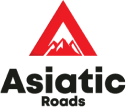
Any Question?
Feel free to call our travel experts.
+977 9851189018, +977 9801089018
info@asiaticroads.com
Whats Include and Exclude
Services Inclued
- All transfers, sightseeing tours & drives as per itinerary in a private tourist vehicle accompanied by English speaking guide from Himalayan Holidays.
- Welcome Garlands of seasonal flowers upon arrival.
- 3 nights stay at Hotel Dwarika’s in Kathmandu on twin sharing basis including American breakfast and all taxes.
- Two nights stay at Yeti Mountian Homes in Phadking and Namche Bazaar on twin / double room sharing basis inclusvie of breakfast, dinner and taxes.
- Two nights stay at Everest Summit Lodges in Tashinga and Pangbovhe on twin / double room sharing basis inclusvie of breakfast, dinner and taxes.
- Three nights stay at best available teahouse lodges (Dingboche, Labuche and Goreakshep)
- All major meals on trek (breakfast, lunch, dinner, snacks, fruits, tea/coffee etc.)
- Welcome & farewell dinner at nice restaurants or at hotel (as per the choice of group)
- Services of an experience Trek Guide, along with Sherpa assistants.
- Yak & Yak man or reliable porters to carry guests main luggage.
- Camical purified water on trek (Boild or Camical purified) as per guests interest.
- Sightseeing tours as per itinerary including applicable monumental entry fees
- Sagarmatha National Park & Pasang Lamu Rural Municipal development fees.
- Comprehensive Medical first Aid Kid.
- All applicable taxes.
Services not Inclued
- International airfares and airport departure taxes.
- Nepal entry visa (US$30 per person)
- Items of a personal nature such as; laundry, bar bills, alcoholic beverages (except on welcome dinner), extra mileage, optional tours such as Mountain Flights, telephone calls, internet services, personal gratuities as tips to guides, bell-hops or hotel porters, drivers, etc.
- Comprehensive Travel Insurance or “Umbrella Insurance” to cover – Illness, hospitalization, travel medicines, loss of valuables, thefts, change of itinerary, flight and tour cancellations due to unavoidable circumstances and most of all Emergency Helicopter Charter for evacuation purpose.
- Any items that are not mentioned in above the costs include section.
Other Costs (if Applicable)
| Particulars | Cost per person in US Dollars |
|---|---|
| Airfares for sector Kathmandu / Lukla / Kathmandu | US$ 360.00 net per person. |
Accomodations
Accomodation (Hotels envisaged or similar)
| Kathmandu | Hotel Dwarika’s | 3 | BB |
|---|---|---|---|
| Phakding | Yeti Mountain Homes | 1 | MAP |
| Namche Bazaar | Yeti Mountain Homes | 1 | MAP |
| Sanasa (Tashinga) | Everest Summit Lodges | 1 | MAP |
| Pangboche | Everest Summit Lodges | 1 | MAP |
| Dingboche | Teahouse Lodge | 2 | MAP |
| Labuche | Teahouse Lodge | 1 | MAP |
| Gorekshep | Teahouse Lodge | 1 | MAP |

Any Question?
Feel free to call our travel experts.
+977 9851189018, +977 9801089018
info@asiaticroads.com

Any Question?
Feel free to call our travel experts.
+977 9851189018, +977 9801089018
info@asiaticroads.com
Reviews
In my 2 week stay, John was very professional and took me around to experience all that Kathmandu and surrounding areas has to offer. Sites were seen and many locals were met through John’s network.

Steven Stone
TravellerIn my 2 week stay, John was very professional and took me around to experience all that Kathmandu and surrounding areas has to offer. Sites were seen and many locals were met through John’s network.

Steven Stone
Traveller
